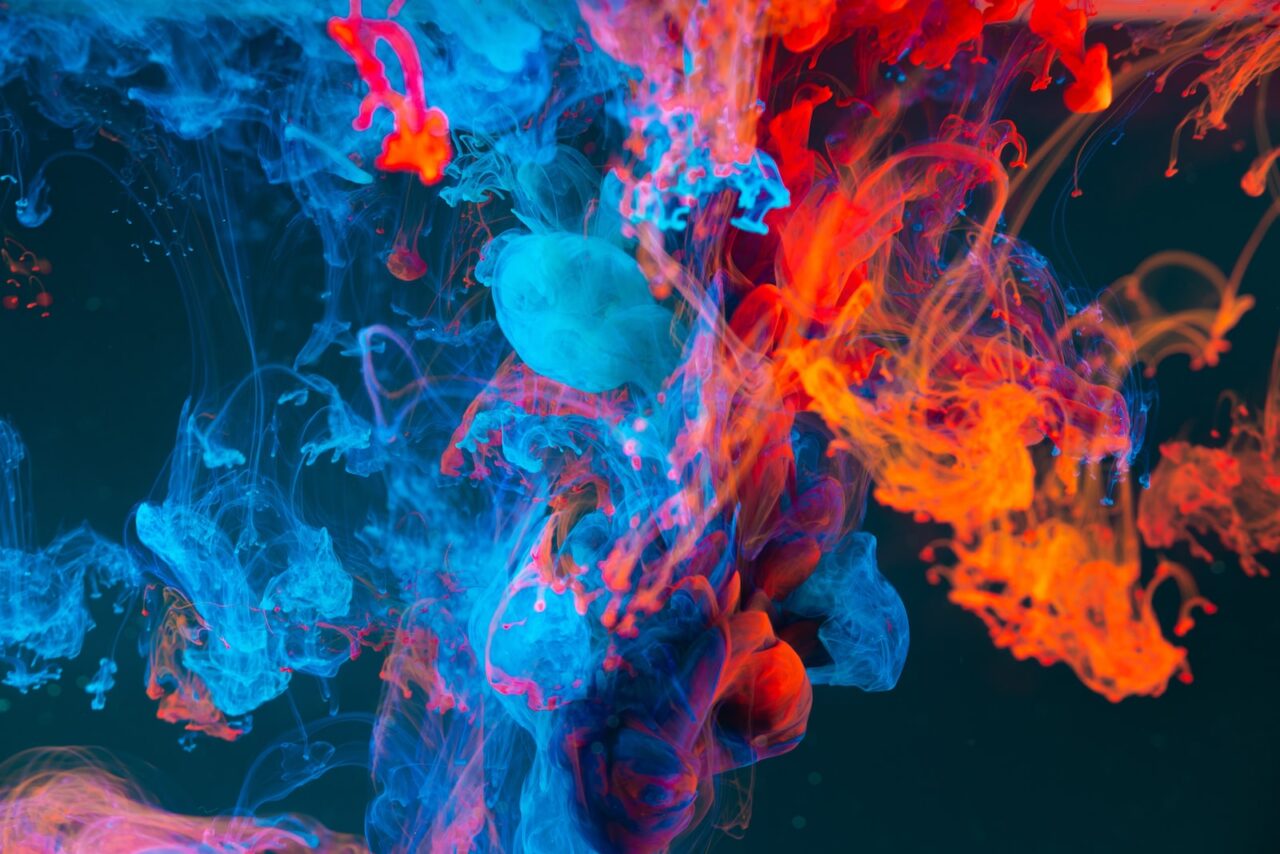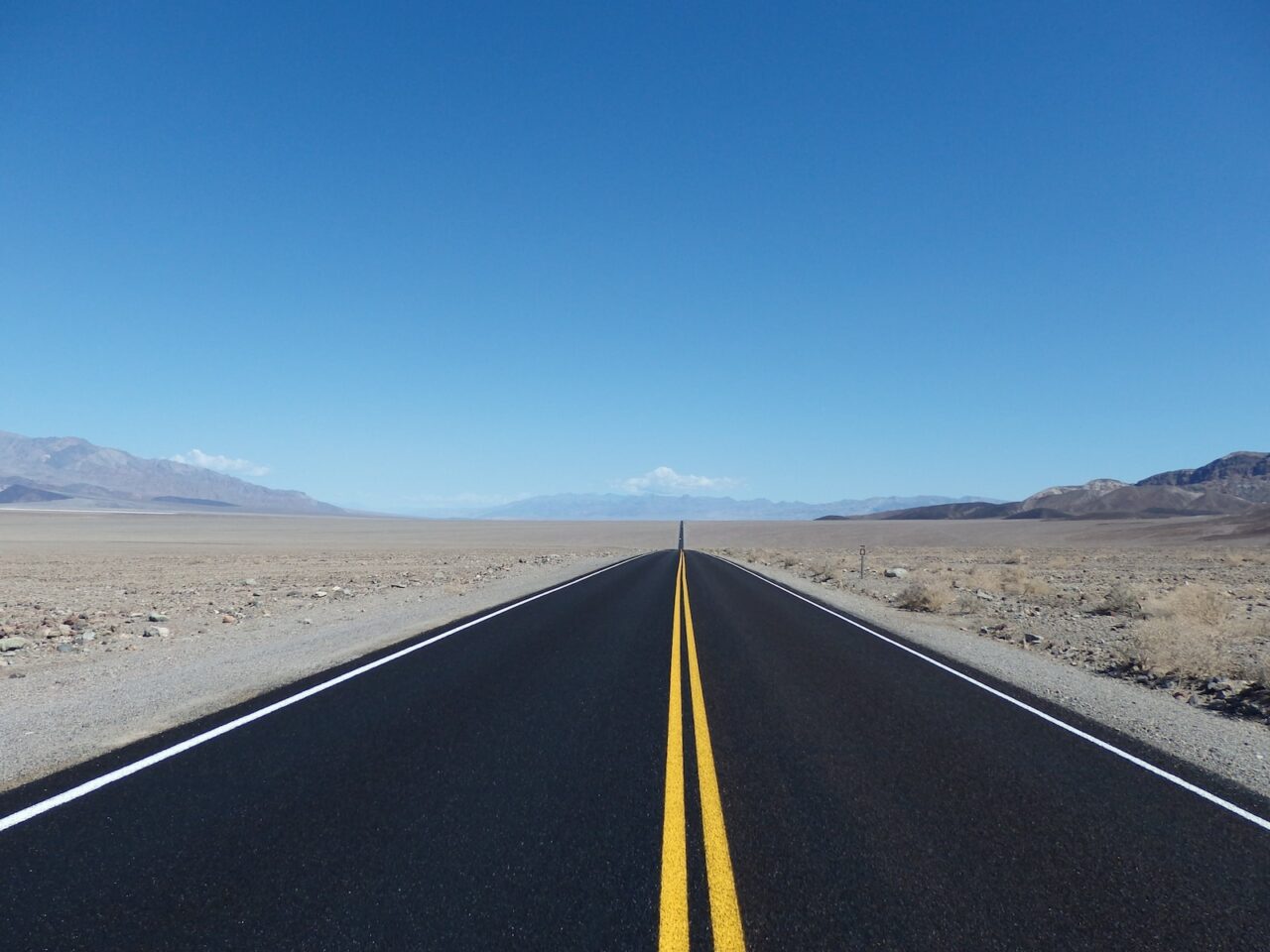People have been expressing themselves through painting for thousands of years. Even the cavemen showed great hunts or other events with paints made from berries and plants. There just seems to be an innate need to show others our thoughts, feelings, and ideas through pictures. The phrase “ A picture is worth a thousand words” is so very true.
With colours and design, you can express every emotion you feel. Whether it is a woman in a garden waiting for her lover or an old barn set in a field of wildflowers, the subject brings memories and feelings to the forefront of the viewer’s mind. All of this is accomplished on a blank canvas with paint. There are some basics the beginning artist should know. Although you may have been sketching and drawing for years, the first time you pick up a brush it will seem foreign to you. This is fine. You will become very familiar with each of the brushes and the strokes they can make. They will soon be as comfortable in your hand as the charcoal pencil you use on the sketch pad. Paints can add style and creativity to an art piece. A single teardrop on the face can take on a totally new dimension by adding colour. Paints allow you to do this with ease.
The types of paint you use will also allow you to be more creative. Many artists use oil paints for extended projects. The oils do not dry as quickly and can be rejuvenated with a little turpentine or mineral spirits. This allows the artist to continue the project another day. The brushes you use with an oil painting must be cleaned extremely well. If you allow them to sit in the cleaning solution they can lose their shape. This means you may not be able to use certain brushes to achieve a particular brush stroke. When the artist uses acrylic paints, the dry time is extremely fast. Many times, a project which is being done in half an hour or so will be done with acrylic paints because of the ease of use. Clean up with soap and water is a quick task. The brushes wash up quickly and cleanly. Allowing them to dry either on a flat surface or standing with bristles up will keep their original shape. The best thing to do when first beginning canvas painting is to experiment. Try using oils. Become familiar with acrylics. You will eventually choose which medium you prefer to work with. By playing with each, you can determine how the paints mix, get a feel for how they flow onto the canvas and become familiar with blending. These are all important for the novice artist to consider.
Another factor is the type of canvas you will want to use. There are stretch canvases, rolled canvas, canvas boards, and canvas mats. Each one can be used for different styles, artwork, and even paints. Which one you use will be determined by which one you feel more comfortable painting. The information can become overwhelming when you start painting on canvas. Getting to know the terminology will help clear some things up a little bit.
Abstract – abstract art depicts the subject by using form and colour. You may see a resemblance to the original piece. However, the subject is generally represented in more geometric shapes than the natural setting.

Accent – Giving exceptional detail to a certain object in the painting to bring attention to it.
Acrylic – A type of paint which dries quickly. It can easily be cleaned up with mineral spirits.
Alla Prima – Meaning “at the first” in Italian, this phrase means the painting is completed in just one sitting.
Cool colours – Colors associated with the cold such as blue.
Color Wheel – Any full spectrum circular diagram which represents the relationships of colours.
Composition – The arrangement of the elements in an art piece.
Medium – The type of pain being used to create a work of art. It can also mean the binder, usually an oil.
Palette – The painter’s board where colours can be mixed and different hues can be created.

Perspective – Being able to reproduce the same height, depth, and distance perception in a two-dimensional medium that the human eye would perceive.

Pigment – The coloured substance created by natural elements and synthetic ones which are mixed with certain binders to create paints.
Primary colours – A colour which can not be created by mixing other colours. The only three primary colours are red, blue, and yellow. With these three all other colours can be created. (White is not a colour. It is the absence of colour. Black is the combination of all colours.)
Secondary colours – Any colour which can be created by mixing the primary colours, such as violet, green, and orange.
Warm colours – Hues which represent warmth such as orange, red, and yellow.


